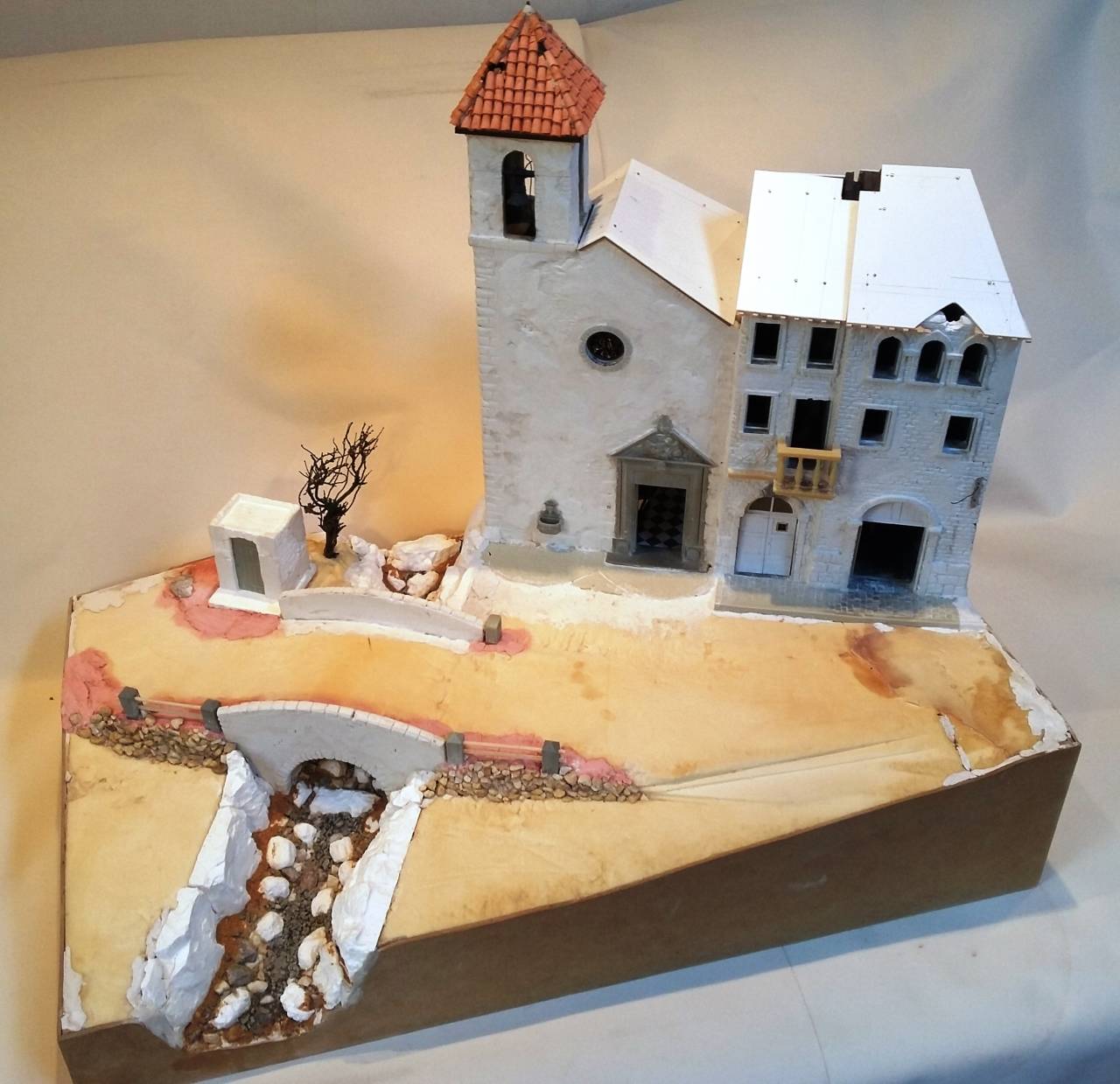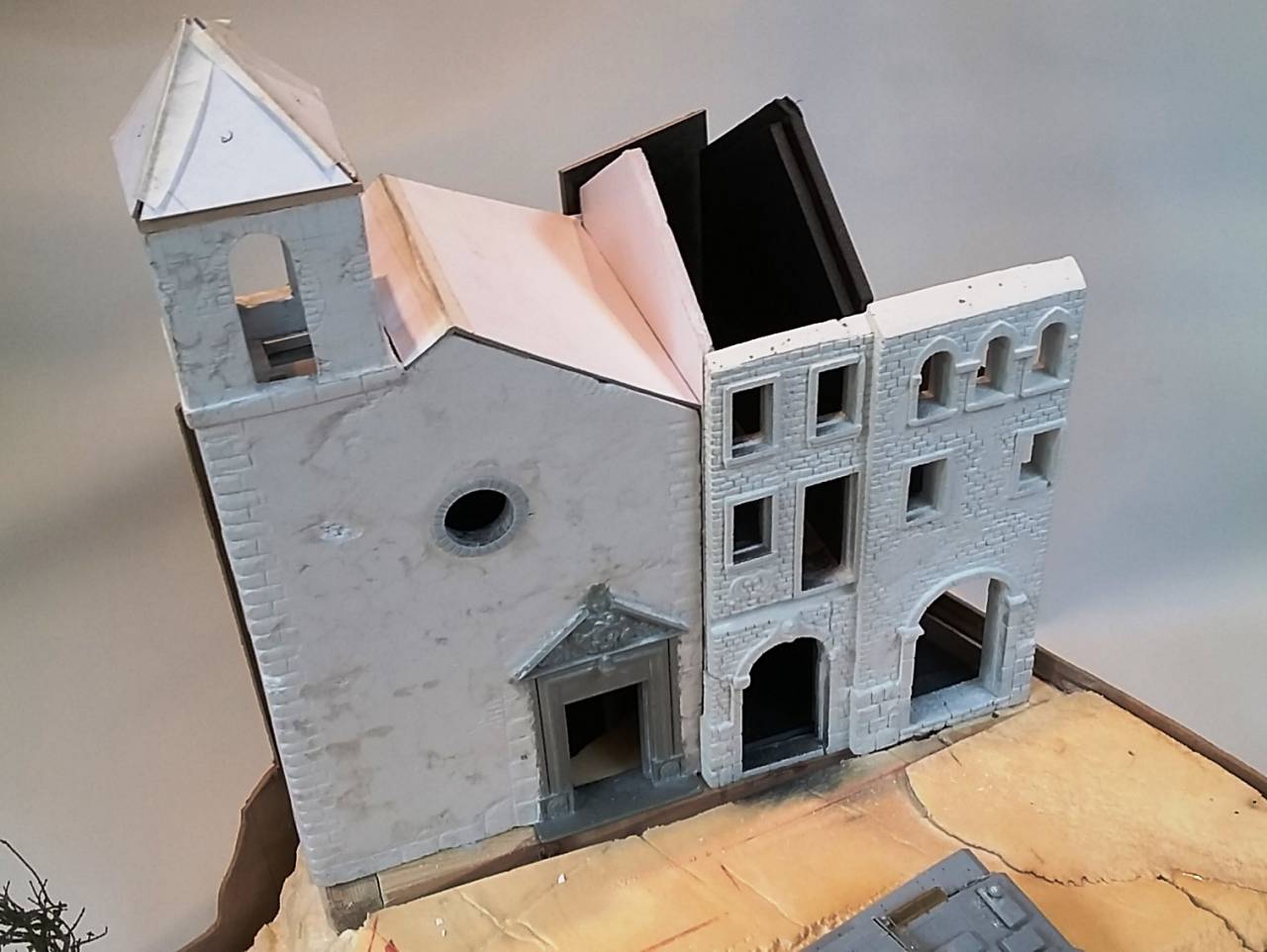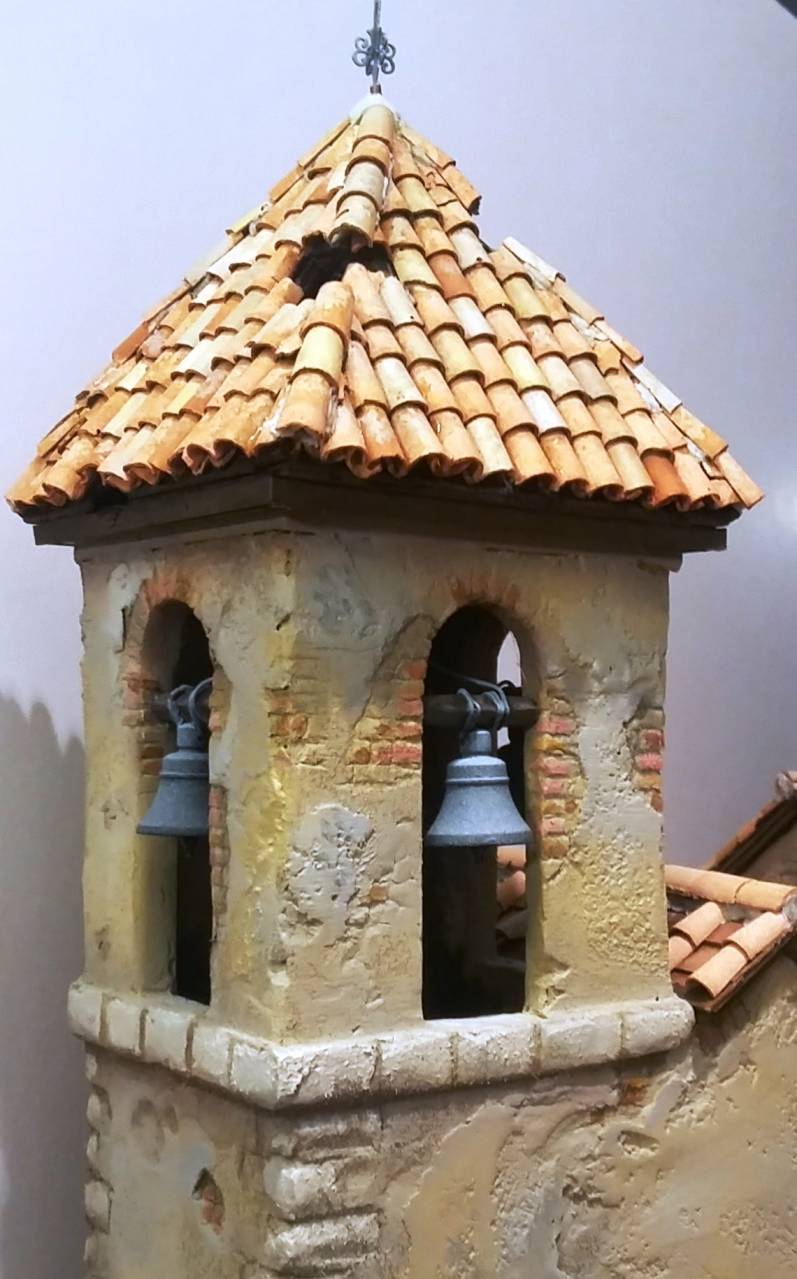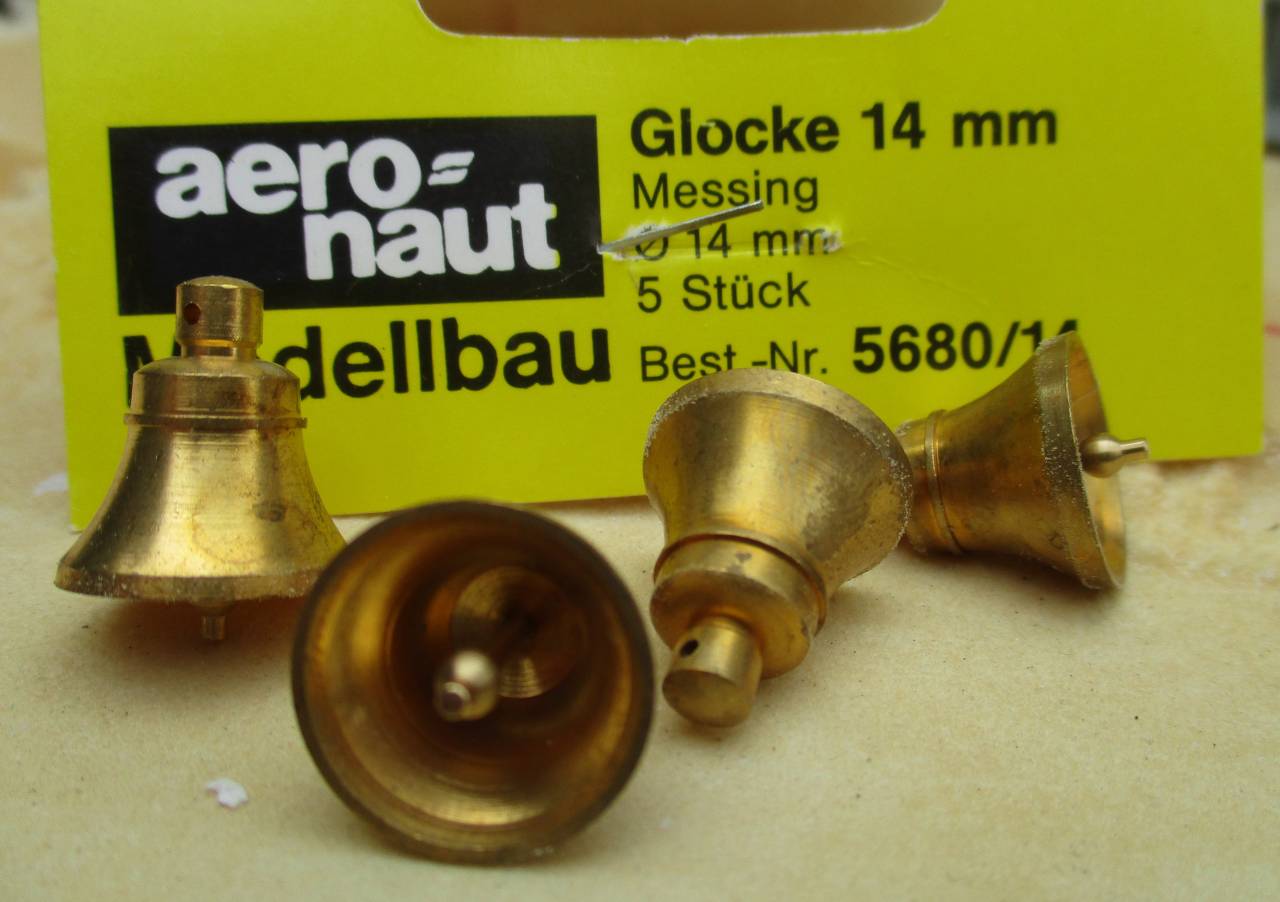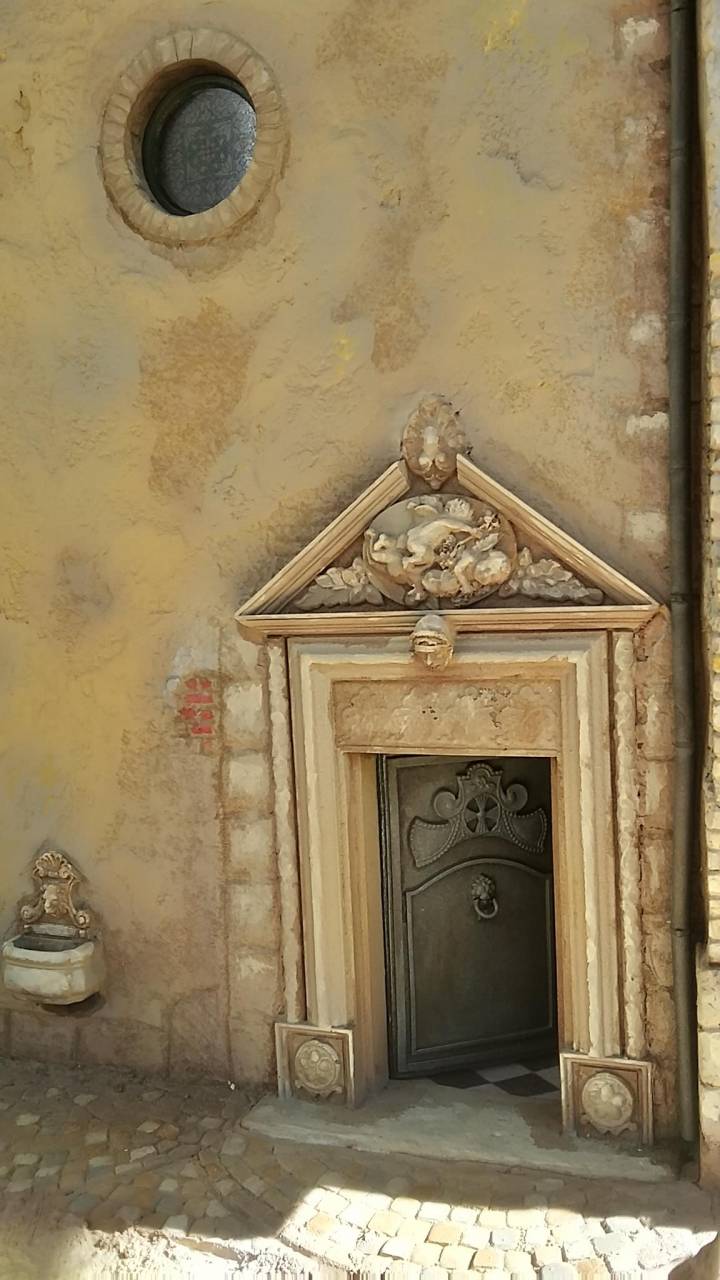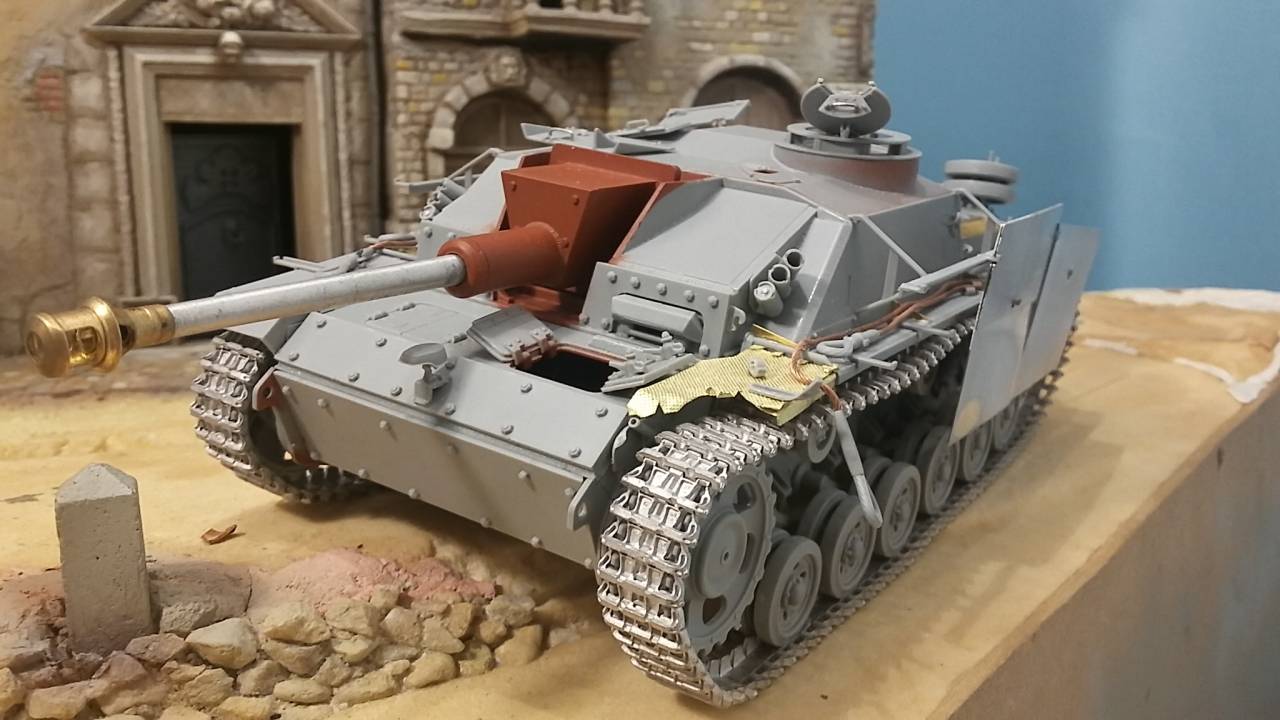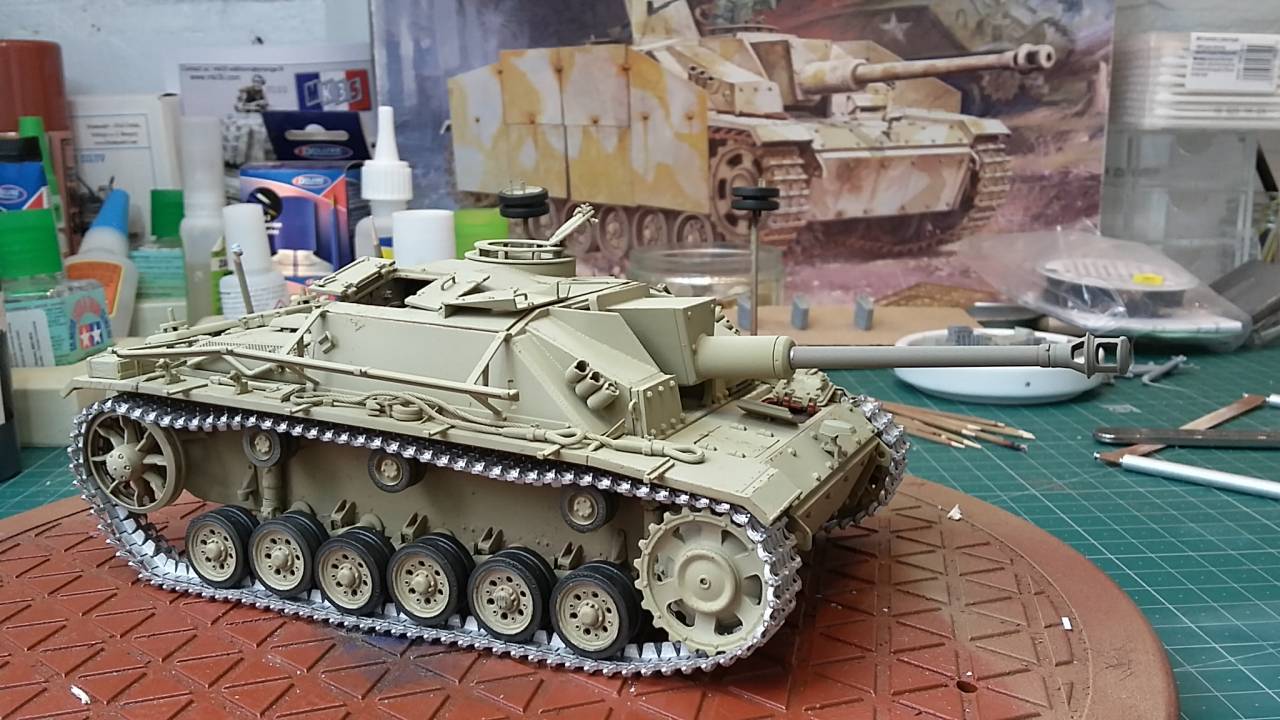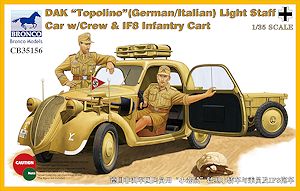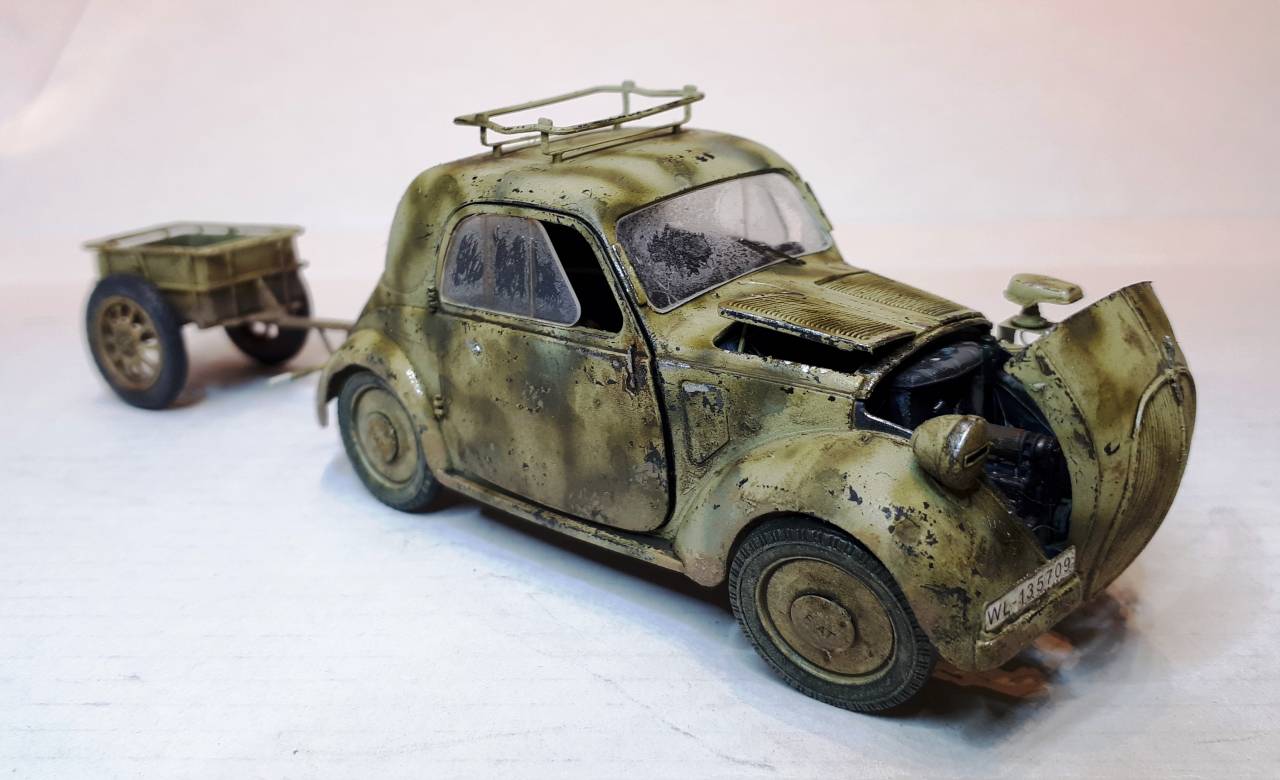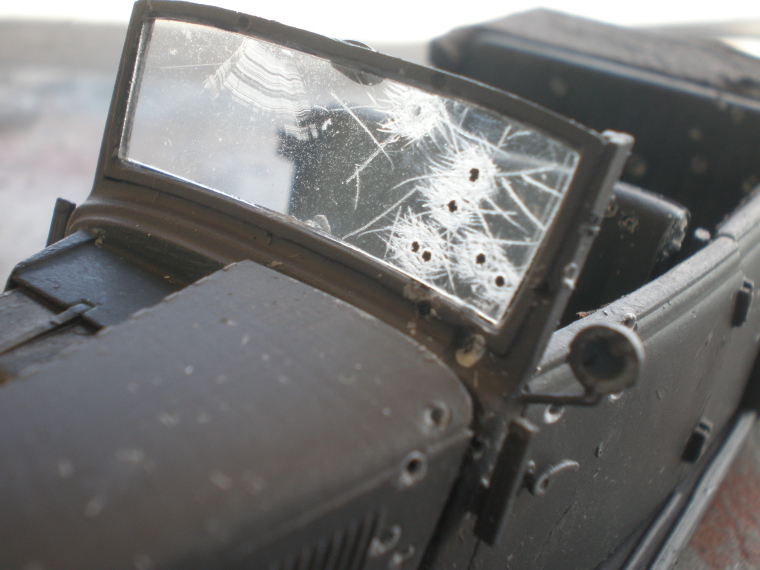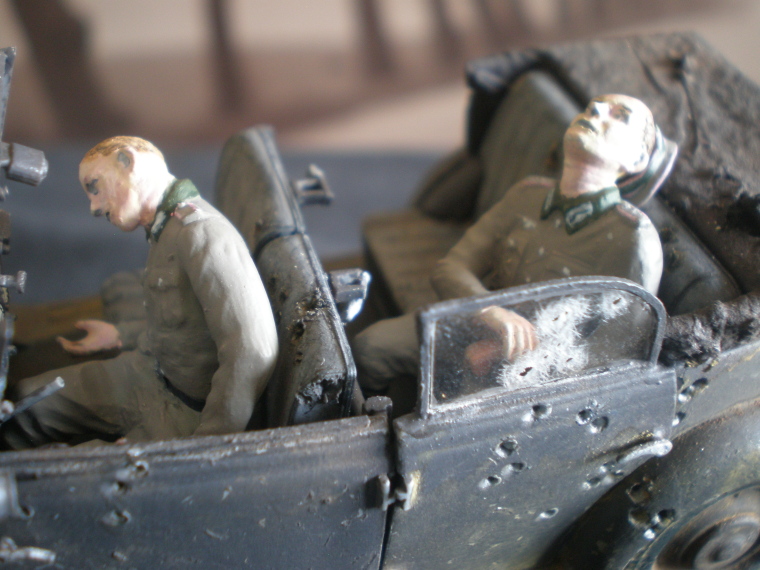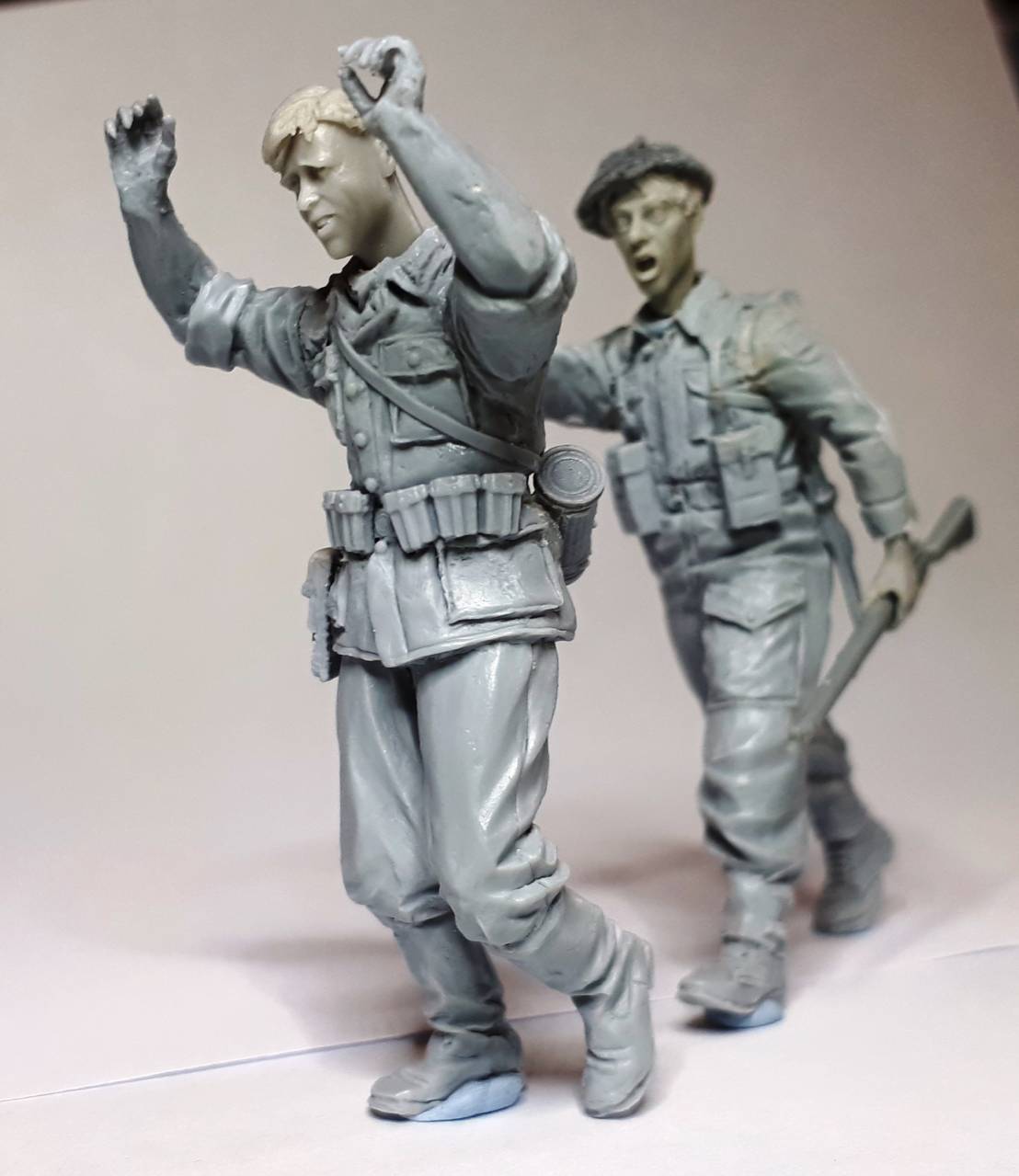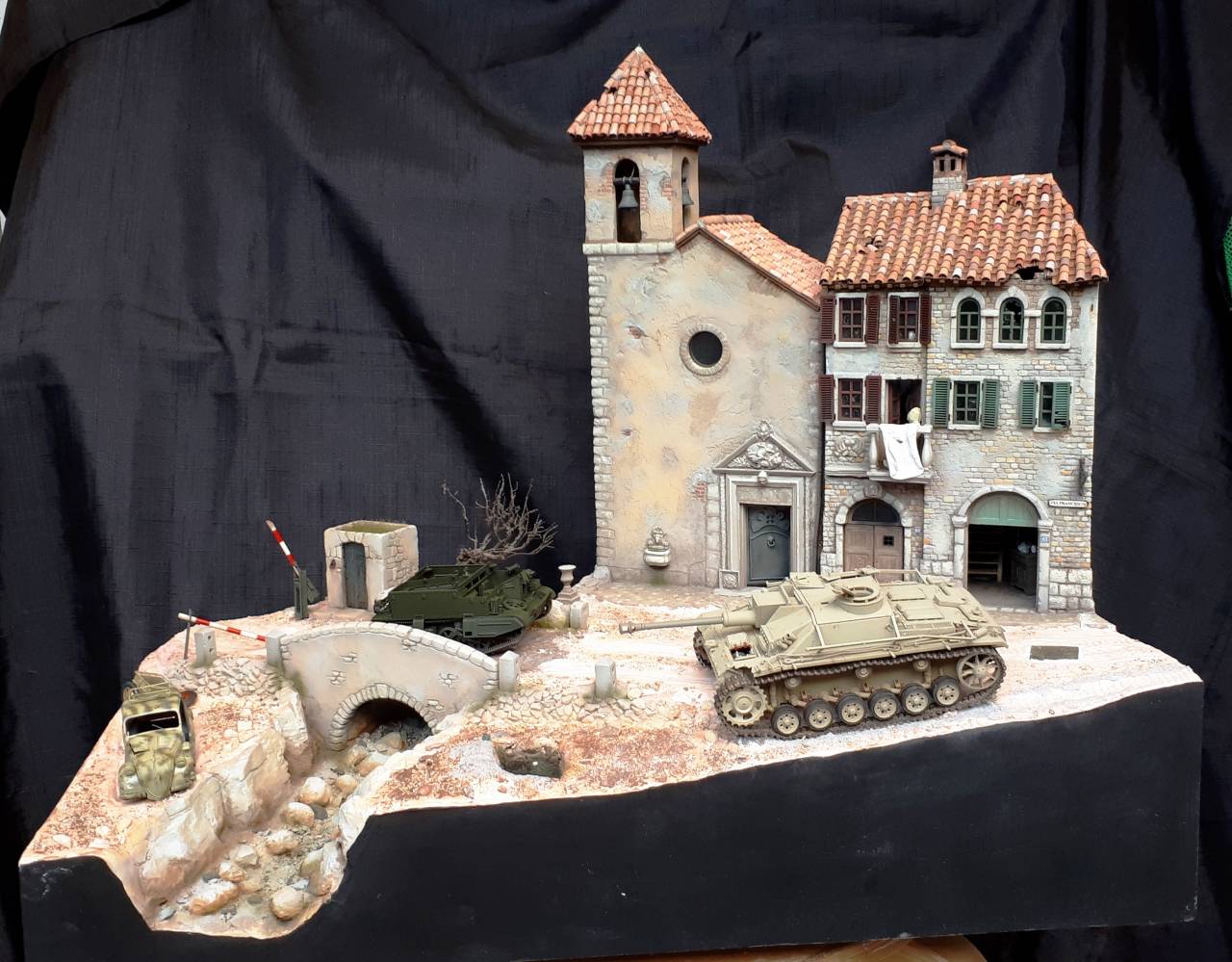
This is my first 1/35 project since I downed tools as a 16-year-old in 1984. Those who followed me from another (now defunct) site will know that it all started over two years ago.
Although I joined this site 2 years ago, this is my first post. I'm afraid I find the necessity to host my images on another website an unwelcome requirement. I know you can upload images to your own gallery, but the allowance seems pretty mean. Or do I misunderstand this? Is the red line moving across merely a daily limit? Any advice will be appreciated...
The diorama is called Liberation, Italy 1944. It depicts a hill town (probably in Tuscany) soon after being over-run by the Allies during the advances which followed the liberation of Rome in June 1944 – so my setting is in the late summer / early autumn.
Just as it was with the public at the time, this has been a largely forgotten WWII subject for the modeller (at least compared with the plethora of Normandy / Eastern Front dioramas). The choice of an Italian setting was driven in part from reading two excellent books.
War in Val D'Orcia: An Italian War Diary, 1943-1944 by Iris Origo is a war diary written by an English-born woman who married an Italian aristocrat in the 1920s and lived on an estate in Tuscany throughout the Second World War. From her unique, local vantage point she witnessed the turmoil that enveloped the nation following the Allied invasion, the surrender of the Italian forces and the German occupation and recorded (in often harrowing detail) the effects on her community as the tide of war swept towards – and ultimately engulfed – them.
The second book is Italy's Sorrow a Year of War 1944-45 by James Holland. Easily as good as anything by Anthony Beevor, it’s a very even-handed account of the latter half of the Allies’ notoriously slow, hard slog up the peninsula, full of first-hand anecdotes, character sketches and plenty of details to inspire.
It also helped that a couple of years ago we had a family holiday in Tuscany – the first time I have been to this beautiful part of the world. There is nothing quite like being where it happened to understand how to model a subject.
Like the Italian campaign, this has been a long haul, but if I can get it ready to show at Telford 2018 I will be happy. I have decided to aim for a competition less out of any lust for glory (who am I kidding?) and more for the added impetus that a deadline brings to any project. Like many of us, my modelling tends to come in fits and starts between family and work commitments…
Now I will be the first to admit that the bar for dioramas has been raised a country mile since those barmy days of the 1980s when I last modelled in 1/35. These days it is simply not enough to arrange a well-built vehicle on a tasteful base, dry-brushing seems to be frowned upon and woe betide you if your figures are not up to scratch. Above all ‘accuracy’ seems to be the watchword. While not decrying any of that, I still maintain that this hobby is supposed to be fun and it is the end result that matters – not how you achieved it. However, I do believe that the best dioramas should, as Shepard Paine (and many others over the last three decades) have taught us, ‘tell a story’.
After the initial title ‘Liberation’ came to me it struck me that that word has always meant different things to the various people caught up in conflict: a mixed blessing. For the (unscathed) victor there might be the feeling of satisfaction of ‘job done’, but also grief for dead and wounded comrades and wistful thoughts of a far-away home. For those civilians who had been ‘liberated’ there would be joy, but also grief for those lost and, all too often, horror at the destruction of their homes. For the surviving, but defeated enemy these feelings would be mostly negative, but perhaps also tinged with a relief of sorts…
Anyway, the pic at the top of this post shows the diorama at its current (fairly advanced) stage... vehicles are merely in their basic shades and the groundwork has yet to see a coat of paint - although the buildings are more or less complete.











